How to Choose the Right Drone Propeller?
A drone propeller is a key component that converts rotational energy from a drone's motor into thrust, enabling it to lift, hover, and maneuver. These mechanical parts, typically designed in an airfoil shape, generate lift by creating a pressure difference between their upper and lower surfaces. Propellers are essential for determining a drone's performance, stability, and efficiency, with their design impacting factors such as flight time and maneuverability. In this article, we’ll explore the different types of drone propellers, their main parameters, and the factors to consider when selecting the right propeller for your drone's specific application.
What Is a Drone Propeller?
A drone propeller is a mechanical component that converts rotational energy from the drone's motor into thrust, enabling the drone to lift, hover, and maneuver. Typically shaped like an airfoil, propellers achieve this by creating a pressure difference between the upper and lower surfaces of the blades, resulting in airflow that generates lift. Propellers are pivotal in determining a drone's efficiency, stability, and performance. For drones, especially multirotors, achieving balanced thrust across all propellers is essential for maintaining stable flight.
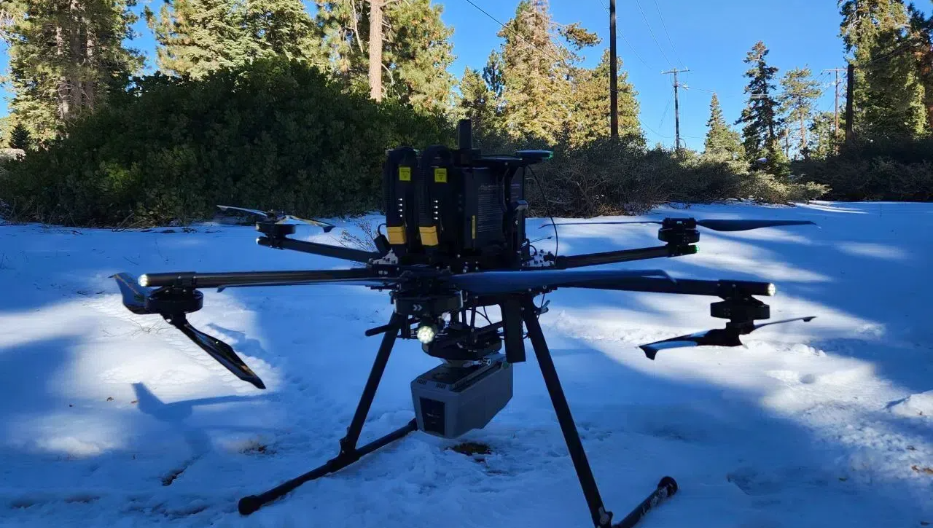
Types of Drone Propellers
Drone propellers are classified based on material, form, and the number of blades. Each type offers specific benefits and trade-offs that cater to different drone applications.
1. By Material
Plastic Propellers:
●Characteristics: Lightweight, inexpensive, and widely available.
●Advantages: Cost-effective, easy to replace, and suitable for beginner drones.
●Disadvantages: Less durable and prone to deformation under stress or heat.
Carbon Fiber Propellers:
●Characteristics: High-strength and lightweight material.
●Advantages: Greater durability, reduced vibration, and improved aerodynamic performance.
●Disadvantages: Higher cost and more brittle compared to plastic.
Polymer Composite Propellers:
●Characteristics: Made from advanced composite materials.
●Advantages: Balanced performance, combining strength, flexibility, and affordability.
●Disadvantages: Less common and may not be as durable as pure carbon fiber.
2. By Form
Straight Propellers:
●Description: Fixed in shape and configuration.
●Applications: Common in most drones due to their simplicity and reliability.
●Advantages: Efficient thrust generation and easy maintenance.
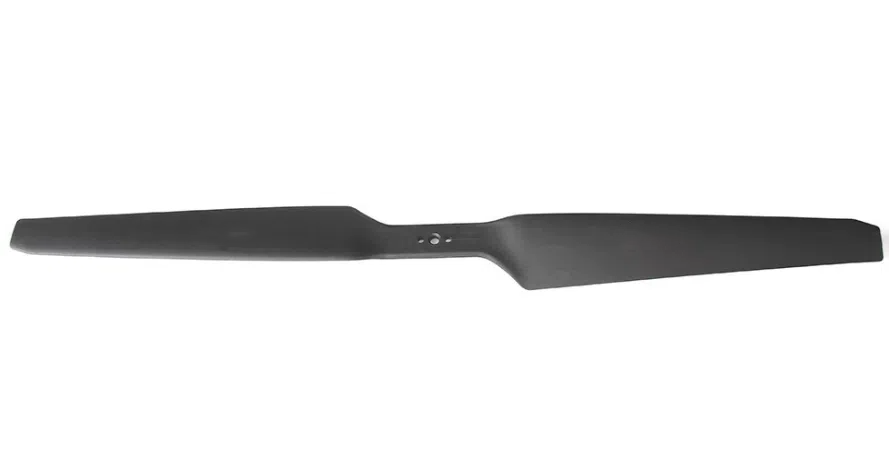
Folding Propellers:
●Description: Collapsible blades that fold against the drone body during storage or transport.
●Applications: Ideal for portable drones.
●Advantages: Space-saving design, reduced risk of damage during transport.
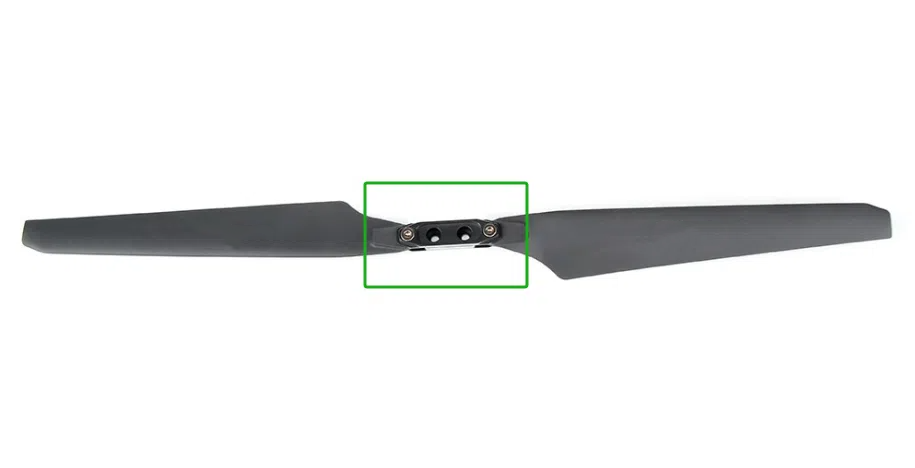
Polish Propeller:
●Description: A propeller with curved, scimitar-like blades designed to improve aerodynamics by reducing drag and noise.
●Applications: Often used in model aircraft and fixed-wing drones, especially in cases where smooth operation, efficiency, and reduced vibration are desired.
●Advantages: This design improves aerodynamic efficiency by reducing drag and noise while enhancing thrust.
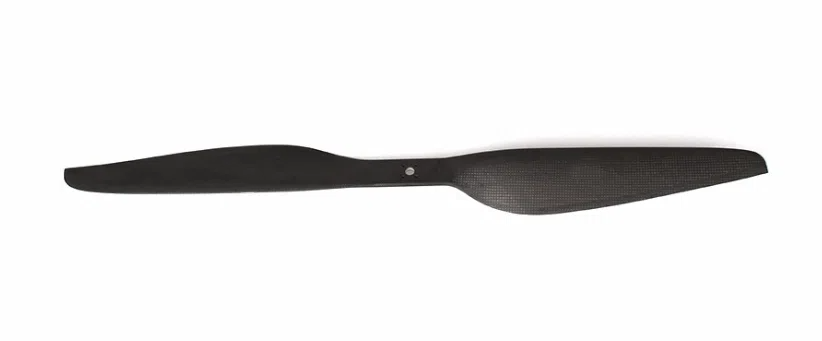
3. By Number of Blades
Two-Blade Propellers:
●Characteristics: Simplest design, offering high efficiency and low drag.
●Applications: Commonly used in lightweight drones.
Three-Blade Propellers:
●Characteristics: Enhanced stability and thrust at the cost of slightly reduced efficiency.
●Applications: Popular for FPV (First-Person View) drones due to better maneuverability.
Four-Blade (or More) Propellers:
●Characteristics: Increased thrust and control at the cost of reduced flight time.
●Applications: Suitable for high-performance or heavy-lifting drones.
Main Parameters of Drone Propellers
Drone propellers are characterized by several key parameters that influence their performance, efficiency, and suitability for different applications. These parameters include:
●Diameter: The diameter determines the amount of air displaced by the propeller. Larger diameters generally produce more thrust but may also increase drag.
●Pitch: This refers to the theoretical distance a propeller would move forward in one complete revolution if there were no resistance. Higher pitch values can increase thrust but also require more power.
●Blade Configuration: The arrangement of blades affects lift and stability. More blades can enhance lift but may require more power to maintain speed.The shape of the blade's cross-section, influencing lift and drag. Rounded, pointed, or swept tips reduce noise and improve efficiency.
●Weight: Heavier propellers require more motor power but can provide greater momentum, while lighter ones improve responsiveness.
Interaction between propellers and Thrust/RPM
The interaction between propellers and thrust/RPM is fundamental to propulsion, as thrust depends on the speed (RPM), size, shape, and pitch of the propeller blades. As RPM increases, the propeller moves more air, generating thrust roughly proportional to the square of RPM, but at the cost of power demand rising with the cube of RPM. Larger propellers and higher pitch generate more thrust but require more torque and power, while efficiency peaks at specific RPM ranges depending on the design. Matching the right propeller to a motor ensures optimal performance, balancing thrust, efficiency, and power consumption for the intended application.
How to Choose the Right Propellers for Your Drone?
Drones are categorized into Multi-Rotor Drones, VTOL Drones, Fixed-Wing Drones, Fixed-Wing Model Aircraft, and FPV Drones, each designed for specific application scenarios and featuring distinct operational characteristics. Multi-rotor drones excel in hovering, stability, and precise control, making them ideal for photography, inspection, and delivery tasks. VTOL drones combine vertical takeoff and landing capabilities with efficient forward flight, suitable for mapping and surveying. Fixed-wing drones prioritize long-distance and endurance flights, focusing on speed and energy efficiency, while fixed-wing model aircraft are tailored for recreational or competitive flying, balancing speed, agility, or aerobatic performance. FPV drones, optimized for speed and maneuverability, are used in racing and freestyle flying, requiring responsive and durable designs. These differences shape the choice of propellers, motors, and materials, ensuring each type meets its unique functional and environmental demands.
General Factors Across All Drone Types
Regardless of the drone type, several universal factors should be considered when selecting propellers:
●Material: The choice between plastic, carbon fiber, or polymer composites affects durability, weight, and performance.
●Motor Compatibility: Ensure that the propeller matches the motor’s KV rating; higher KV motors pair well with lower pitch props, while lower KV motors benefit from higher pitch options.
●Flight Efficiency: Consider how the propeller design will impact overall flight time; lower pitch props tend to be more efficient at lower throttle settings but may not provide enough thrust at higher speeds.
Unique Requirements Of Each Use Case
When choosing propellers for different drone applications, it is essential to consider the unique requirements of each use case. These requirements influence the design, size, and performance of the propellers. Below are the key differences to consider:
1. Thrust vs. Speed
Heavy-Lifting or Payload-Carrying (e.g., delivery drones):
●Requirement: High thrust to lift heavy loads.
●Propellers: Larger diameter and lower pitch to maximize lift and efficiency at lower RPMs.
Speed-Centric Applications (e.g., racing drones):
●Requirement: High speed and acceleration.
●Propellers: Smaller diameter with higher pitch for greater forward velocity and rapid RPM changes.
2. Flight Stability vs. Agility
Aerial Photography and Videography:
●Requirement: Smooth, stable flight with minimal vibrations.
●Propellers: Balanced, low-noise propellers with moderate pitch and 2-3 blades for stability.
Freestyle and Racing (FPV Drones):
●Requirement: High agility and precise control for sharp maneuvers.
●Propellers: High-pitch, multi-blade propellers (e.g., 3 or 4 blades) for better grip and responsiveness.
3. Efficiency vs. Performance
Long-Endurance Drones (e.g., surveying, mapping):
●Requirement: Maximizing flight time and range.
●Propellers: Large-diameter, low-pitch, and lightweight materials for optimal efficiency at cruising speeds.
High-Performance Drones (e.g., VTOL or military applications):
●Requirement: Balancing vertical lift and forward flight efficiency.
●Propellers: Mixed designs (e.g., folding forward-flight props or large hovering props).
4. Propeller Noise
Commercial or Urban Applications (e.g., delivery, inspection):
●Requirement: Low noise levels to minimize disturbance.
●Propellers: Noise-reducing designs with optimized tip shapes and lower RPM operation.
Racing or Industrial Drones:
●Requirement: Noise is less critical compared to performance.
●Propellers: Higher-pitch and stiffer materials to prioritize power and control.
5. Durability and Safety
Recreational Drones:
●Requirement: Safety and cost-effectiveness for beginners.
●Propellers: Flexible plastic materials that are less likely to break during crashes.
Industrial or Harsh-Environment Drones:
●Requirement: High durability and reliability.
●Propellers: Stiff carbon fiber materials to withstand stress, wear, and environmental conditions.
Conclusion
Drone propellers play a critical role in flight dynamics, directly influencing performance and efficiency. Whether you're piloting a professional-grade VTOL drone or a nimble FPV racer, selecting the right propeller involves understanding the interplay of material, form, blade count, and parameters like pitch and diameter. By aligning these features with your drone's requirements, you can achieve optimal performance for your specific application. Always remember that testing different configurations can lead to optimal results tailored to your specific needs. Grepow offers UAV batteries and semi-solid state batteries ranging from 4S (14.8V) to 18S (68.4V) with capacities up to 84Ah, designed to support a wide variety of applications and compatible with drones equipped with diverse propellers setups. If you have any questions or needs, please feel free to contact us at info@grepow.com.
Related Articles:
An In-Depth Guide to Drone Motors
What is a Drone ESC and Is it Important?
Understanding Drone Payload: A Comprehensive Guide
What Is A Drone Flight Controller?
How To Choose The Right Motors And Propeller For Different Drone Applications?
Related Articles
-
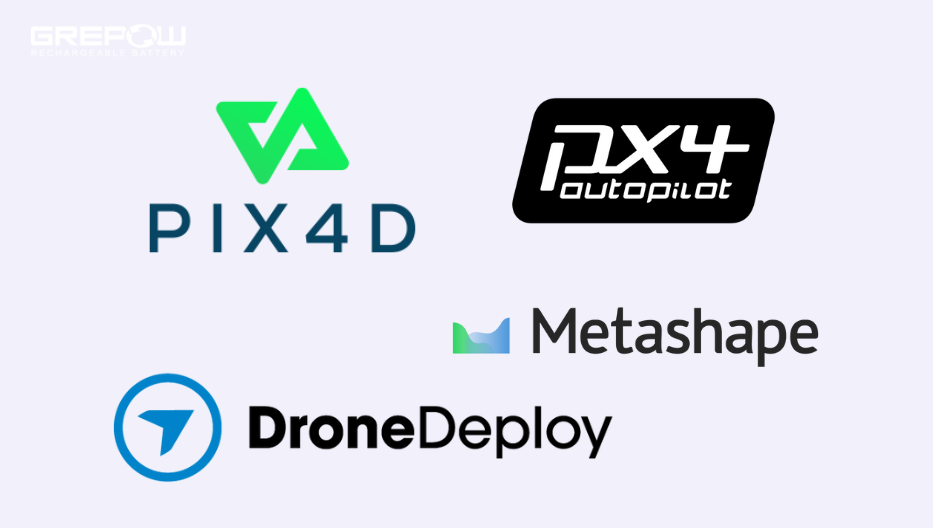
Pix4D vs PX4: What’s the Difference?
2025-07-28 -
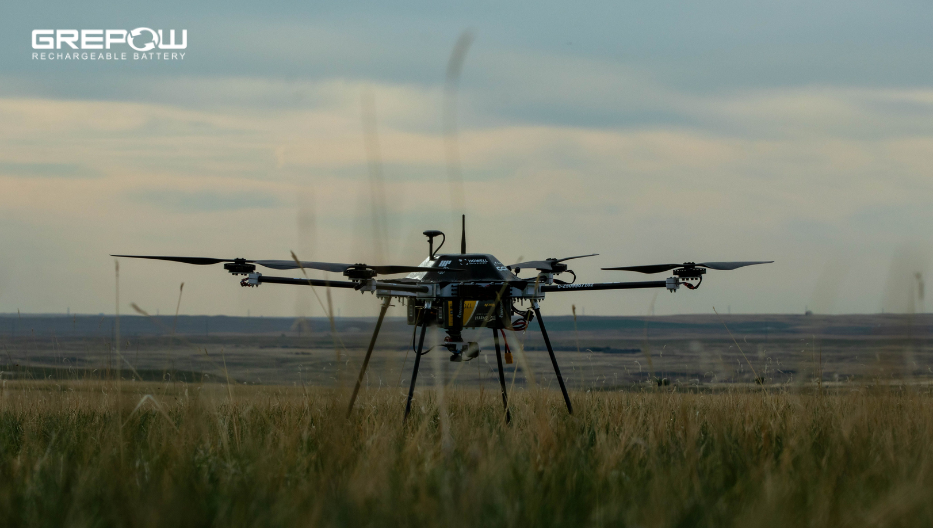
How to Become a Certified Commercial Drone Pilot?
2025-07-24 -
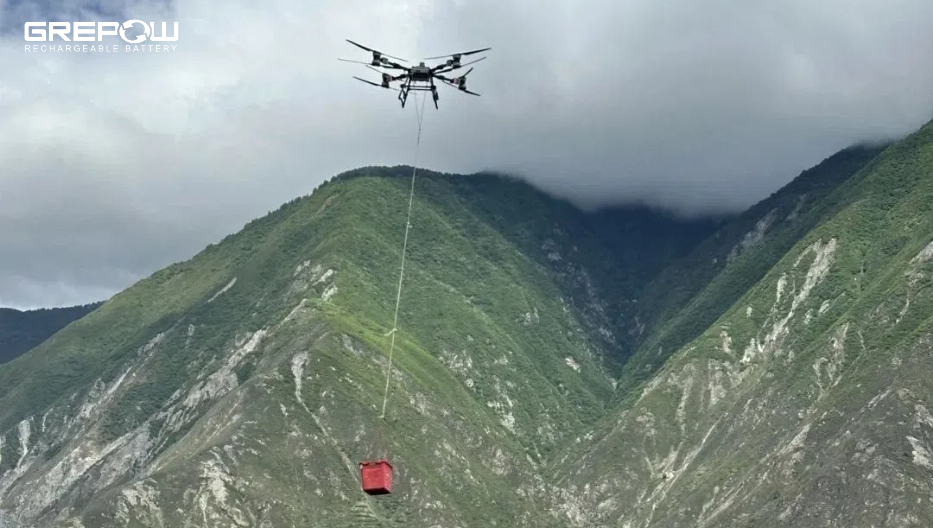
How to Choose Batteries for 100kg–200kg Payload Heavy Lift Drones?
2025-07-23
Related products
-
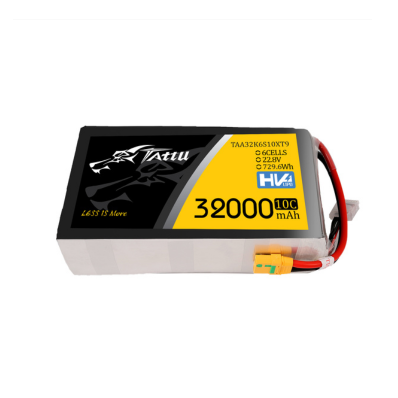
Tattu 6S 32Ah 22.8V 10C HV Lipo Drone Battery
-
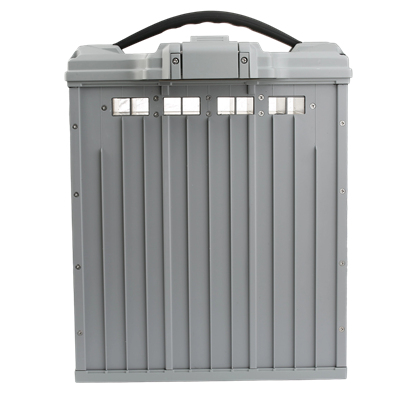
Tattu 4.0 18S Lipo 30Ah 68.4V Smart UAV Drone Battery
-
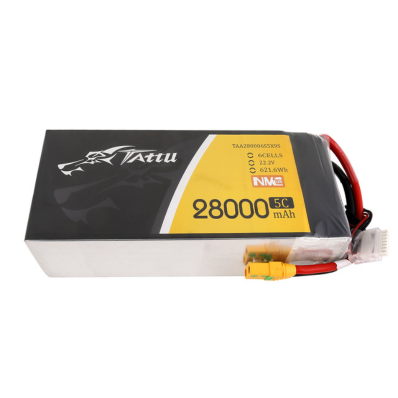
28000mAh 22.2V 6S Semi-Solid State Battery Pack
















































